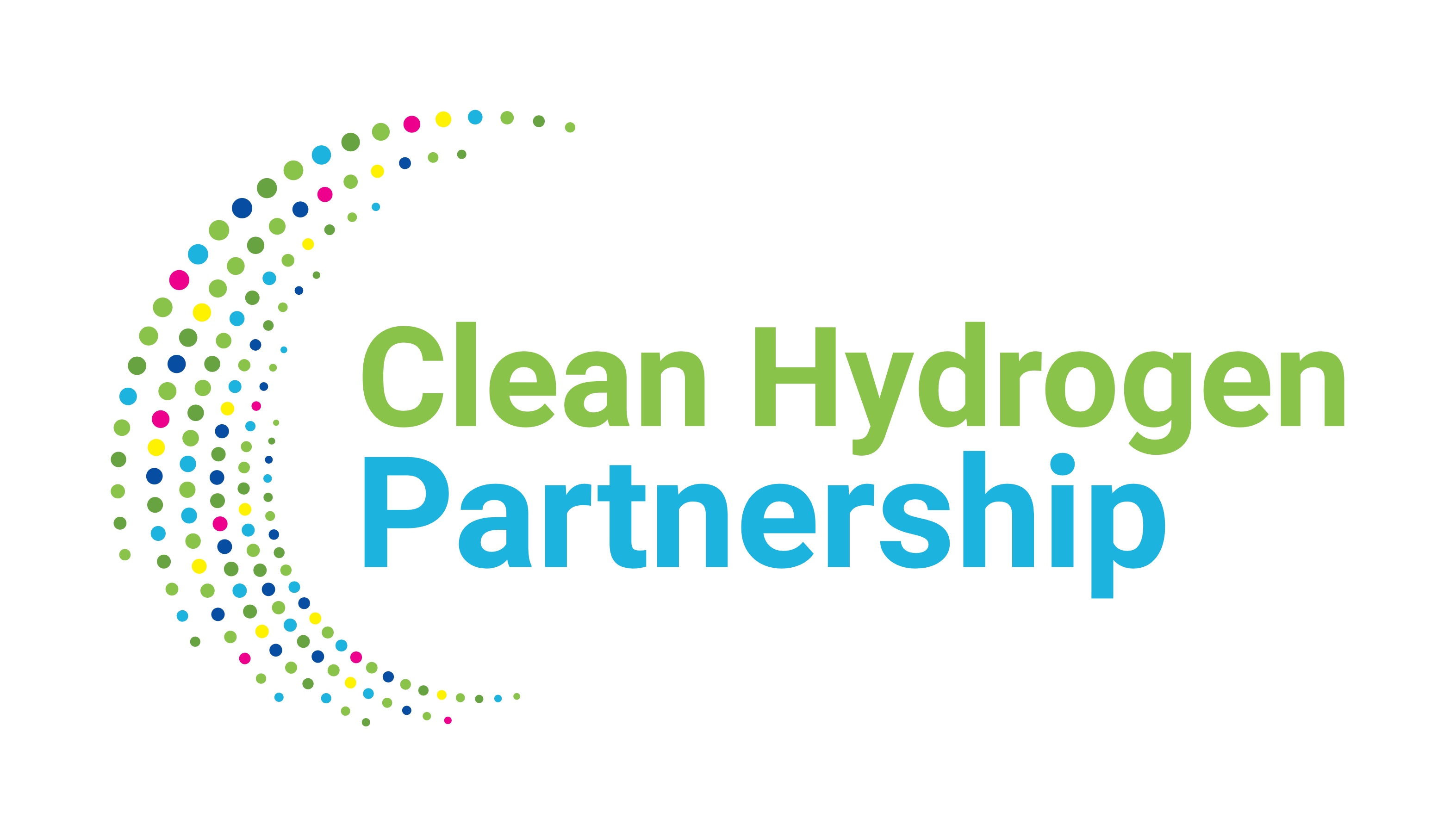Project Objectives
Learn everything about the TRIĒRĒS Project
An international Hydrogen Valley
In the framework of the European Green Deal, the renewal of energy sources and the creation of an integrated energy system are of utmost importance for achieving a climate-neutral Europe and a cleaner planet, transforming the EU into a modern, resource-efficient economical center. The green transition of the European economy must be accompanied by improved access for businesses and consumers to clean, affordable and secure energy. The TRIĒRĒS Valley will contribute to enhance local green renewable hydrogen production, transportation, and end use in an integrated ecosystem.
Green. Hydrogen. Objectives.
Long term Goals
The TRIĒRĒS Valley aims to demonstrate the combination and integration of multiple hydrogen applications into an efficient and resilient interconnected ecosystem that covers the full hydrogen value chain of production, storage, transport, and distribution of 2,410 tons of green hydrogen to end user applications per year. The end users are divided in three sectors: mobility (road and maritime), industry, and energy. The project will achieve its objectives by identifying and combating specific key barriers to kickstart and the development of the Hydrogen market by showcasing the overall energy and economic efficiency and resilience of the integrated Hydrogen value chain to the region.
Creation of a H2 Hub
Create a Hydrogen Valley in Greece, Balkans, South-eastern Europe, and the wider area of Eastern Mediterranean.
Ramp up H2 Production
Produce 2,410 tons/year of green hydrogen with an ambition of more than 5,000 tons/year until 2030.
Infrastructure Implementation
Implement a virtual pipeline with a total initial capacity of 1,095 tons/year of green hydrogen with an ambition of 5,110 tons/year until 2030.
Maritime Transport
Retrofit and operation of one short sea ferry vessel with 200kW Fuel-Cell consuming 66 tons/year of green hydrogen. Ambition is to retrofit more than 10 similar vessels until 2030.
Automotive Applications
Acquisition and operation of at least two Fuel-Cell electric (FCE) passenger cars and three FCE urban buses consuming 25 tons/year of green hydrogen. Until 2030, 150-200 FCE buses will operate and more than 1,000 FCE passenger cars.
Industrial Applications
Consume 1,322 tons/year of green hydrogen in the MOH oil refinery and the LPC lubricant refinery.
Energy Production
Implementation of a 100kWe Fuel-Cell Power Unit in the Port of Piraeus consuming 18 tons/year of green hydrogen to produce clean electricity and demo its replicability for smaller ports and non-interconnected islands.
Natural Gas Grid Injection
Inject 982 tons/year of green hydrogen in the national natural gas grid via the Dioriga Gas FSRU.

